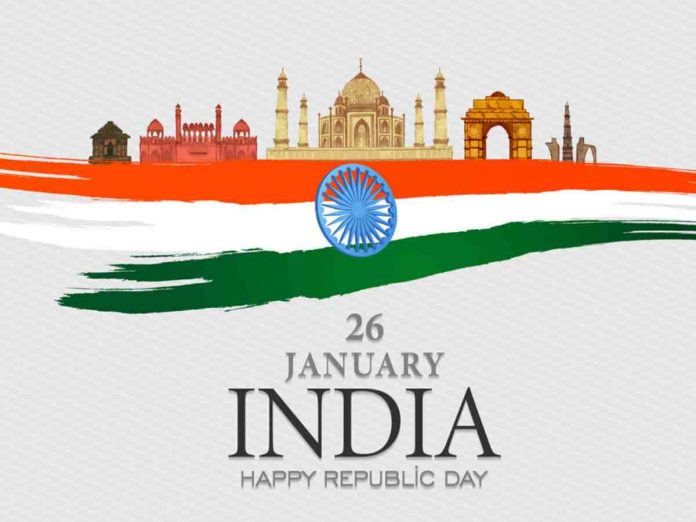Last updated on June 16th, 2024 at 12:07 pm
What is India Republic Day? Find Out With These 5 Things
What is the significance of India Republic Day: Indians celebrate the Republic Day on Jan. 26 every year to commemorate the day, when India became a republic in 1950 with its constitution. India celebrates its Republic Day on 26th January every year. Have you ever wondered what is India Republic Day? If not, then you have been missing out on some of the best events throughout history.
Here are Seven things that will help you learn more about this day of celebration!
- Republic Day celebrates the coming into force of India’s Constitution.
- India achieved independence on August 15, 1947. Post that, on August 29, a resolution was moved to appoint a Drafting Committee to form the Constitution. Before this, India’s governing laws were based on the modified colonial Government of India Act, 1935.
- Dr BR Ambedkar was the Chairman of the committee which put together the constitution.
- The Draft Constitution was first submitted at the Constituent Assembly on November 4, 1947. After two years and eleven months of modifications, the Constitution was finally approved and signed by the members of the Assembly on January 24, 1950. Two days later, the Constitution came into effect on January 26, 1950, marking India’s first Republic Day.
- The original document, signed by the 308 members of the Assembly, was handwritten in English and Hindi.
- Between 1950 and 1954, Republic Day parades were held at four different locations —Red Fort, Ramlila Grounds, Irwin Stadium, and Kingsway.
- Starting 1955, Republic Day celebrations have been held in Rajpath — the boulevard that runs from Rashtrapati Bhavan through the India Gate to the National Stadium in Delhi. Rajpath was earlier known as the Kingsway, in honour of the then Emperor of India, George V. Following independence, the road was renamed to Rajpath, which means King’s Way in Hindi.
What is India Republic Day and why do we celebrate it?
India Republic Day is India’s national holiday. It takes place on the 26th of January every year and celebrates India becoming an independent nation in 1947. On this day, citizens dress up in their sari or salwar kameez and celebrate the occasion by wearing red, white, green, and saffron colors to show their pride in their country. India Republic Day also celebrates freedom of religion since different religions co-exist in Indian society today.
ALSO READ: Best Places To Visit In India In Winter
What are the customs of celebrating India Republic Day?
One of India’s most important days is the Republic Day of India. It’s a day in which the whole country celebrates, and it commemorates the anniversary of India becoming a republic. The celebrations are quite grand, so get ready for a day filled with festivities! India Republic Day is the national day of India. It commemorates the adoption of the Constitution of India and is celebrated in the country on January 26th every year. One of the most popular customs associated with this holiday is a flag hoisting ceremony where party leaders welcome people to their respective offices. Parties also have large gatherings in many public places, where fireworks are lit and national songs are sung.
What does the Indian flag look like and how to draw it?
India’s flag is famous for being very simple in its design. Although it may seem easy to draw, it takes a lot of practice and skill to really get the proportions right. In this blog post, we will teach you how to do just that! India Republic Day is celebrated annually on the 26th of January. The celebrations have been going on since 1951, in memory of India’s first president, Dr. Rajendra Prasad. India has a lot of symbols that are used to symbolize its flag.
Conclusion
India Republic Day is an annual reminder of India’s independence from the British in 1947.




